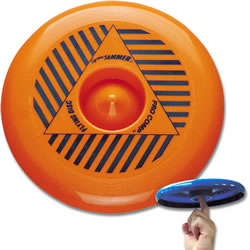Line Pass (Stationary Line/Rotating Line): Get a lot of practice passing balls/ etc. with a variety of partners
Setup/Equipment:
- Line up the class so that there are two lines facing each other about ten feet apart.
- Spread out, so everyone is directly across from a partner.
- For K-2, it helps if each participant has a polyspot to stand on. You may want to use playground balls rather than basketballs.
Guidelines:
- One line is the Stationary line – each person in that line gets a ball. They are in charge of the ball and always hold it during transitions.
- The other line is the rotating line – they will rotate down to the next person in line during the transition music.
- MUSIC: I set up a playlist of about 20 songs and set the time for 40 seconds. Then I place a transition song that repeats between songs that is about 10 seconds long.
- Start music: Students pass the ball back and forth. Start with a bounce pass which is usually more accurate and easier to catch.
- Rotate: After the songs ends there is a ten second transition song for the person at the end of the rotating line to run up and take their place at the beginning of the line. Everyone else in the rotating line moves down one place.
- Reminders: A good pass is one that your partner catches. How many passes can you make in 40 seconds.
- Adjust the length of the pass according to each grade level. Then adjust during the activity for each grade level.
- Vary the style of passes: Bounce, chest, overhead
Variations: Stop the activity at any time to make changes. The stationary line now gets a chance to run over and make the change this time. Here’s some possibilities:
- Chest Pass with Playground Balls/Basketballs
- Bounce Pass with Playground Balls/Basketballs
- Beanbags
- Foam balls
- Deck Rings
- Footballs
- Spinjammers/ Soft Frisbee


